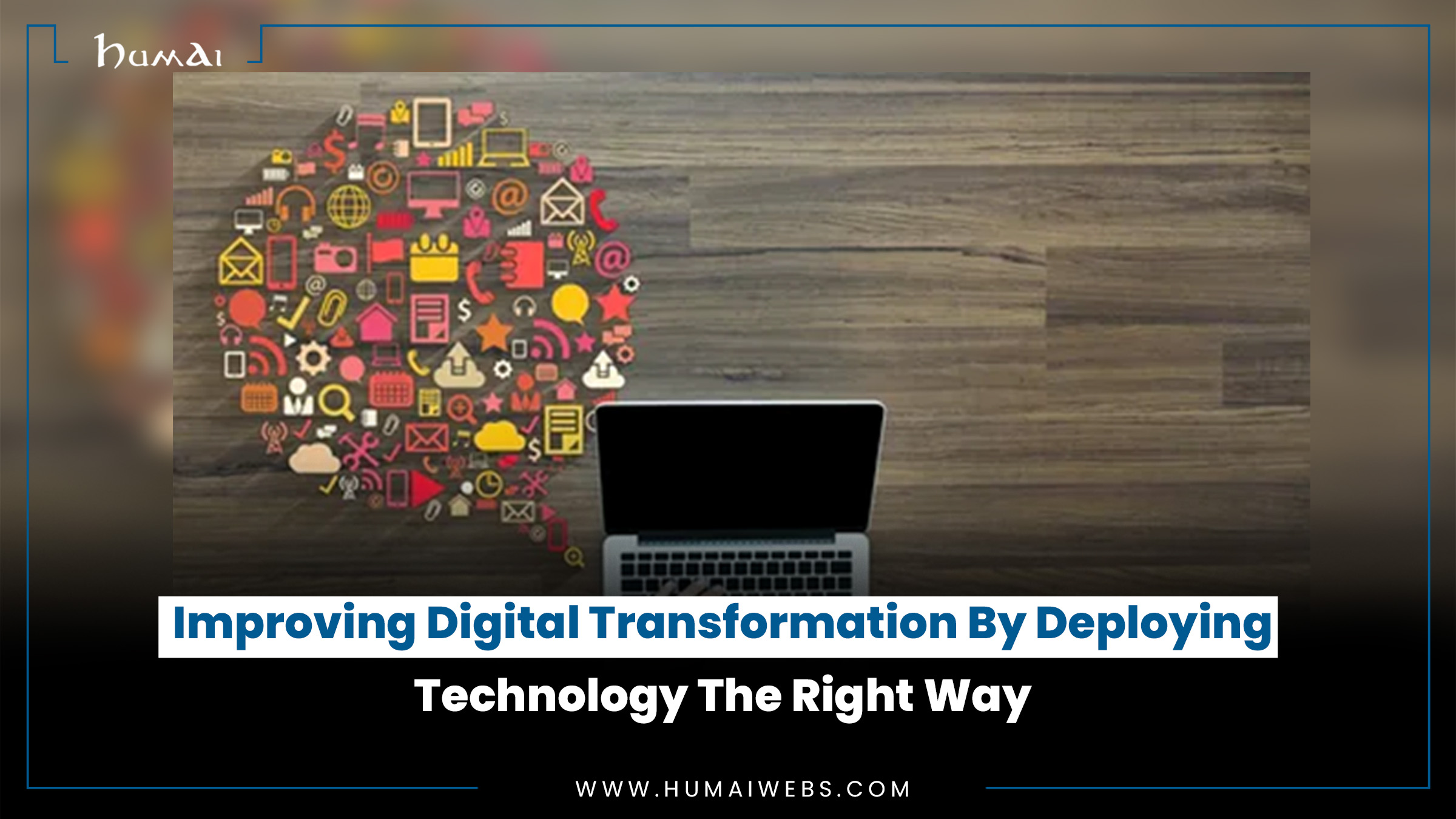Immersive experience The Definition
The term “immersive experience” has been gaining popularity in previous years, and for a good reason. Immersive experiences are those that fully engage the senses, creating a feeling of being fully immersed in a virtual or simulated environment. This can be attained through a variety of technologies, including virtual reality (VR), augmented reality (AR), and mixed reality (MR).
The definition of an immersive experience can vary depending on the context, but at its core, it is about creating an environment that feels real and engaging. This can be achieved through the use of advanced technology such as VR and AR, which can transport the user to a completely different place or time. VR, for example, uses a headset to fully immerse the user in a digital world, MR combines elements of both.
Augmented Reality
It is a type of virtual reality that overlays digital objects on top of the physical world. For example, making them appear to be real – a virtual representation could appear in your field of view next to you, with all the same movements and visual cues as the real world. There are many different applications for augmented reality technology: it can be used for navigation, educational purposes and even gaming.
The future of immersive experience and entertainment will be one where we can go anywhere in our imagination, whether it’s far-away planets or small Japanese apartments. In fact, this new form of entertainment is already here.
It all started with virtual reality (VR), which has become a popular technology used by many people today. VR allows you to immerse yourself in a completely different world while still being able to see what’s happening around you through your computer screen or mobile device. You can use this technology by sitting on top of an aeroplane or train as if it were real life; watching movies in 3D; playing video games on consoles like Xbox One X; watching live sports games online…and so much more!
Immersive entertainment has been around since the early days of film, but it’s only recently that it has been possible to create truly immersive experiences with technology at our fingertips. Immersive entertainment is a new concept, but it’s already being used in many forms:
- Augmented reality (AR) can be used to build virtual worlds around us and make them feel real.
- Virtual reality (VR) immerses us into a world that seems real from all angles; unlike AR, you don’t need any special equipment or devices – just your own eyes and ears!
VR and AR to create a more seamless blend of the digital and physical worlds
The technology behind immersive experiences is constantly evolving, and new advancements are being made all the time. For example, VR technology has advanced to the point where it can now be used to simulate real-world environments, such as a surgery room, and even to provide therapy to patients. AR technology is being used to enhance the shopping experience by allowing customers to try on clothes and accessories virtually.
The future of immersive experiences is incredibly exciting. As technology continues to advance, we can expect to see even more realistic and engaging immersive experiences. For example, haptic technology, which allows users to feel tactile sensations, is being developed to enhance the realism of VR experiences. Additionally, the use of 5G networks will allow for even more seamless and responsive immersive experiences.

The potential uses for immersive experiences are endless, from entertainment and gaming to education and therapy. As technology continues to evolve, we will see more and more industries start to adopt it. This will also change the way we learn, work, and interact with the world around us.
VR, AR and MR are all subsets of immersive technology.
Immersive technology is a broad term for technologies that allow the user to interact with the surrounding environment, such as virtual reality, augmented reality and mixed reality.
It’s important to understand that VR, AR and MR are all subsets of immersive technology. VR provides an experience where you feel like you have entered another world; AR allows information from your surroundings (e.g., text on a sign) to be overlaid on top of what you see inside your headset; MR enables you to interact with objects in the real world by using sensors embedded into them so they sense when something touches them and respond accordingly.
Conclusion
In conclusion, immersive experiences are cutting-edge technology that is rapidly evolving. They have the potential to change the way we interact with the world and can be used in a variety of industries. As technology continues to advance, we can expect to see even more realistic and engaging immersive experiences in the future.







